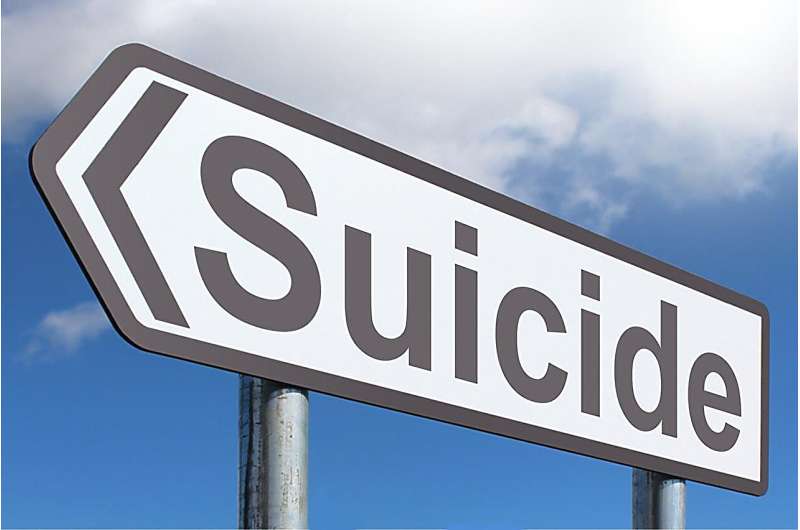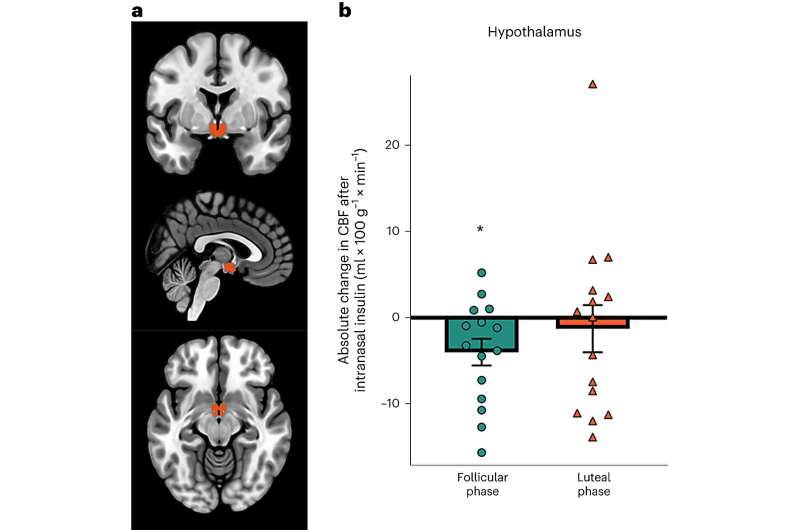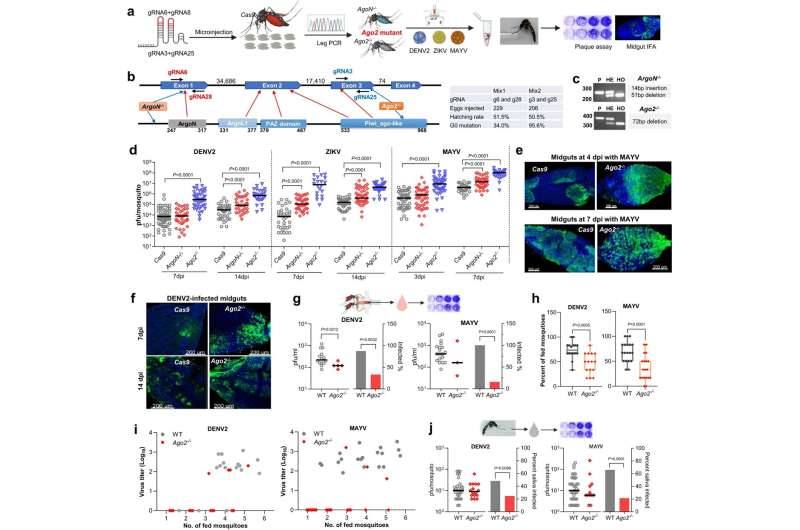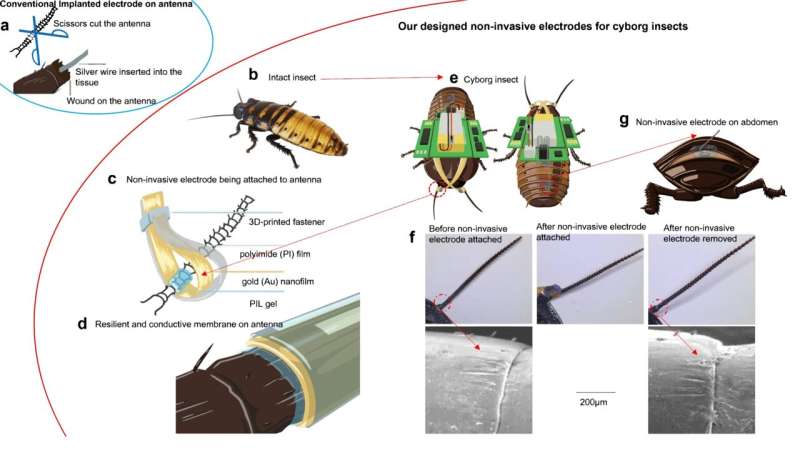Suicide in Ghana: Society expects men to be providers. A new study explores this pressure

Suicide is a complex behavior that is widely regarded as a significant public health issue across the globe. It is influenced by psychiatric, psychological, biological, social, cultural, economic and existential factors. In most countries, the rate of male suicides is between 3 and 7.5 times higher than that of females even though suicide ideation (thoughts) and attempts are more frequent for females.
The World Health Organization reported in 2020 that approximately 1,993 suicides occurred in Ghana annually. A report in Ghana on suicide attempt trends over four years also revealed that 707 suicide attempts occurred in 2018, 880 in 2019, 777 in 2020 and 417 as of June 2021.
Studies continue to reveal a disproportionately high number of males in both suicide and attempted suicide in Ghana. Suicidal behavior in Ghana is a predominantly male problem—which is one reason it's of interest to me as a psychologist who studies men's mental health.
I undertook a study that focused on the way loss of job and income influenced relationships with close family members prior to suicide. This is not to suggest that loss of income or job is the only cause of men's suicide in Ghana. Other studies have highlighted chronic illness, substance use, interpersonal conflict and loss, marital challenges, economic difficulties, perceived shame, and mental illness as other contributing factors.
My study used a qualitative research approach, interviewing 21 close relatives and friends of nine men who had all suffered some economic challenges in ways that affected their relationships with family members. All nine had died by suicide.
Even though these men lived in social settings that valued mutual support and reciprocal obligations, some of them suffered abandonment during their economic difficulties. Even those who could depend on spouses in their situation appeared to find that dependency emasculating.
Men and suicide
The term gender paradox in relation to suicide describes the observation where females have higher rates of suicidal thoughts and behavior than males, yet mortality from suicide is typically lower for females compared to males.
Biologically, it is suggested that testosterone, which is linked to impulsivity and aggression, is about ten times higher in males than in females. Thus the likelihood for males to engage in risky behaviors including aggression towards themselves is linked to high testosterone levels.
The high male suicide rate is also connected to gender stereotypes and role socialization. Society expects certain things of men.
The patriarchal nature of most societies in Africa makes being economically independent a key social expectation of being a man. Men are expected to be employed, with a regular income, and to start a family.
Family support in Ghana
My study highlighted Ghana's extended family system. This system encourages support and care for one another, belonging and seeking help in times of adversity. The study found that the deceased men had perceived being a burden, loss of respect, social abandonment and anxiety when faced with crises like job losses and financial difficulties. The relative of one of the deceased stated:
"I even got angry the day this incident (suicide) happened. People even said we have been starving him, etc, etc. For Christ sake, he was 27 years. Must I keep on taking care of him? "
A friend of another deceased person said, "His relatives visited him a lot when he was doing well in business but they stopped visiting when his problems started. "
Thus a dysfunctional, transactional social system existed around them. The implicit rule appeared to be that the victims were as valuable as their ability to provide for others and be economically independent.
The finding aligns with an earlier study in Ghana that shows that the motivation for male suicides is not that men seek to reject their social responsibilities. Instead, "it is an intense sense of personal responsibility towards meeting prescribed social norms and roles associated with gender. "
My study also found that even though it was possible for some of the men to depend on their wealthier wives during economic difficulty, doing so created distress. Depending on their wives and seeing them assume hitherto "male" roles were seen as emasculating.
A spouse illustrated: "He felt that due to the problems he was going through, there were some responsibilities I was not supposed to do as a wife that I was doing and all of those thing got him worried. "
Where they were intent to live as benevolent patriachs in line with internalized masculine codes, their economic predicament constrained the men's social roles and created distress.
As another spouse explained: "Things were not going so well with his job, it got to the extent that he could not help people the way he wanted to, and he was worried."
Men as providers
The findings of this study highlight the patriachal system that defines men partly in terms of their capacity to provide materially for others. Men who strictly adhere to such male norms may struggle to adjust when they have to depend on others, including their spouses. The extended family system should support such men emotionally and materially, but some family members chose to abandon them.
Public education is vital to change unhealthy gender norms that affect men in social and economic adversity. It will enable men to learn effective ways of coping and alternative ways of being men. Education will also help change societal notions of who a man is and foster more support in times of adversity.
Provided by The Conversation
This article is republished from The Conversation under a Creative Commons license. Read the original article.![]()
Philosophybreak.com
Gacbe.ac.in



